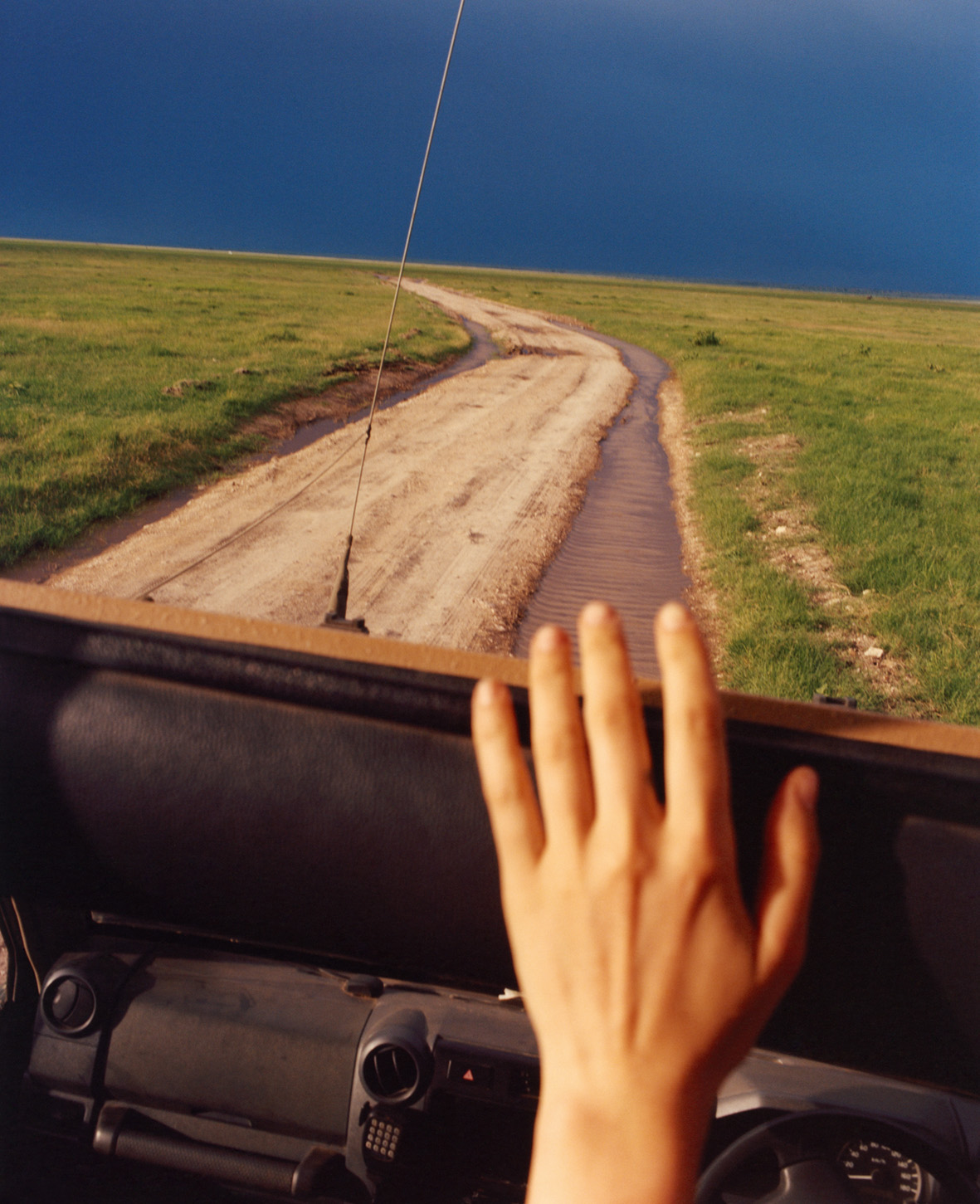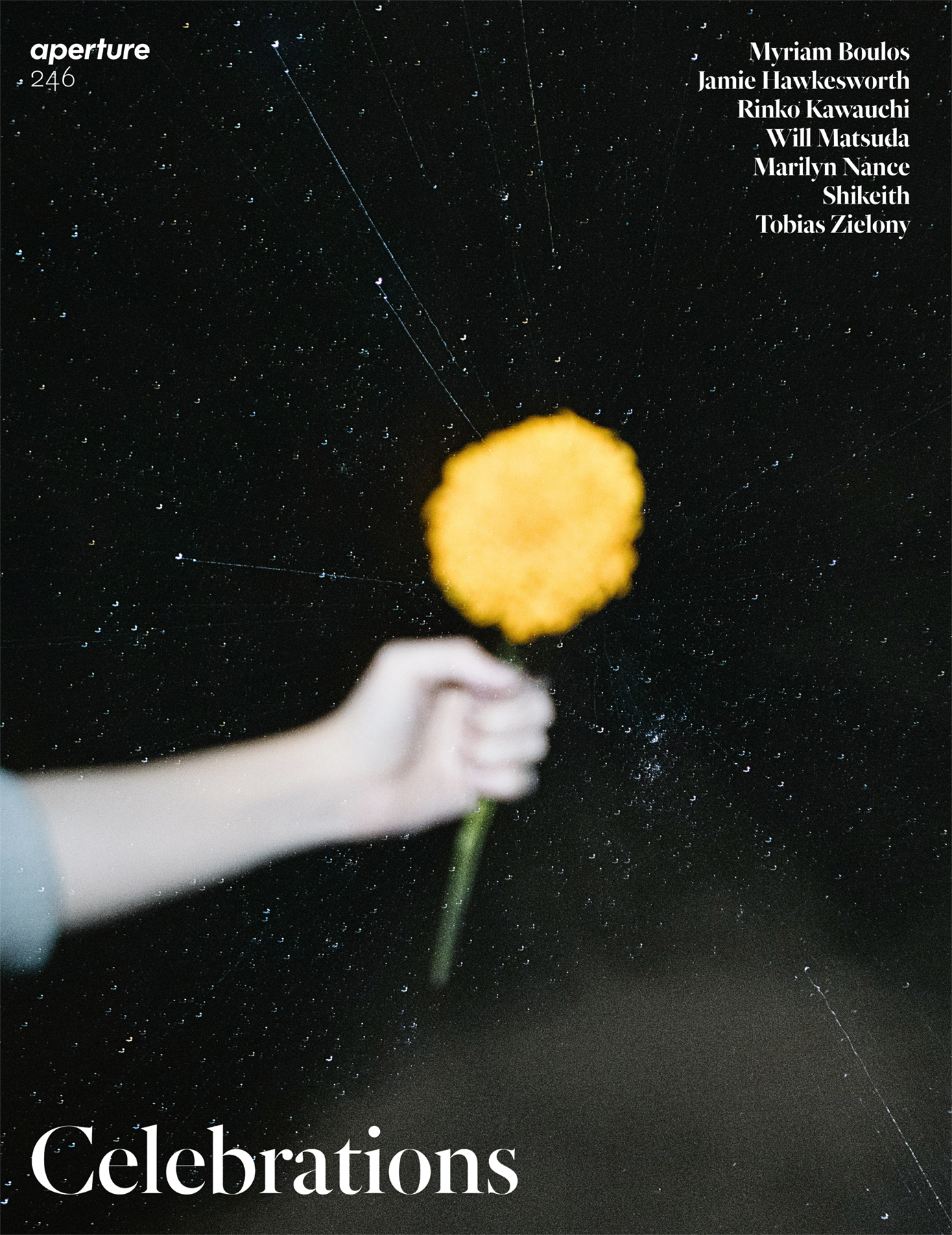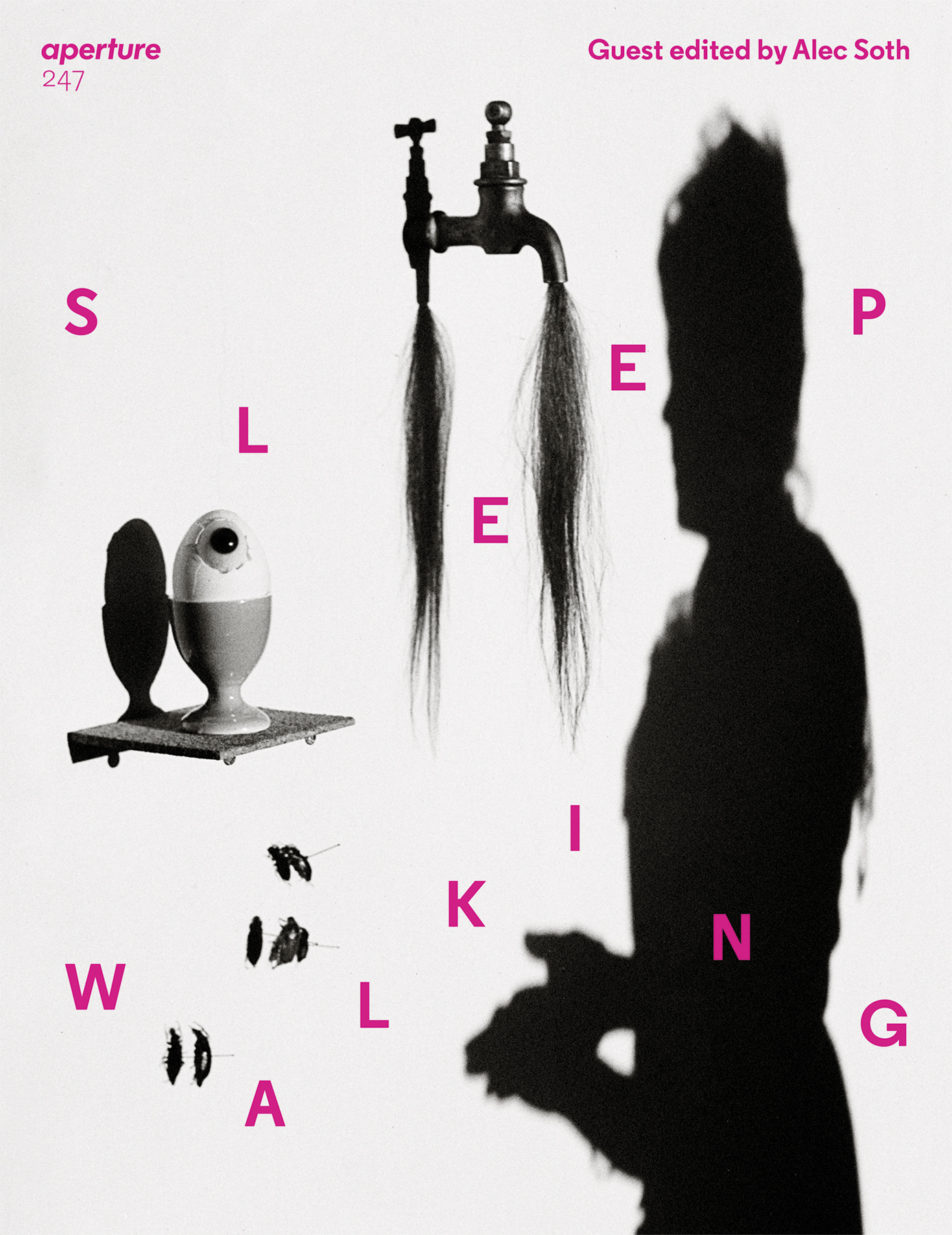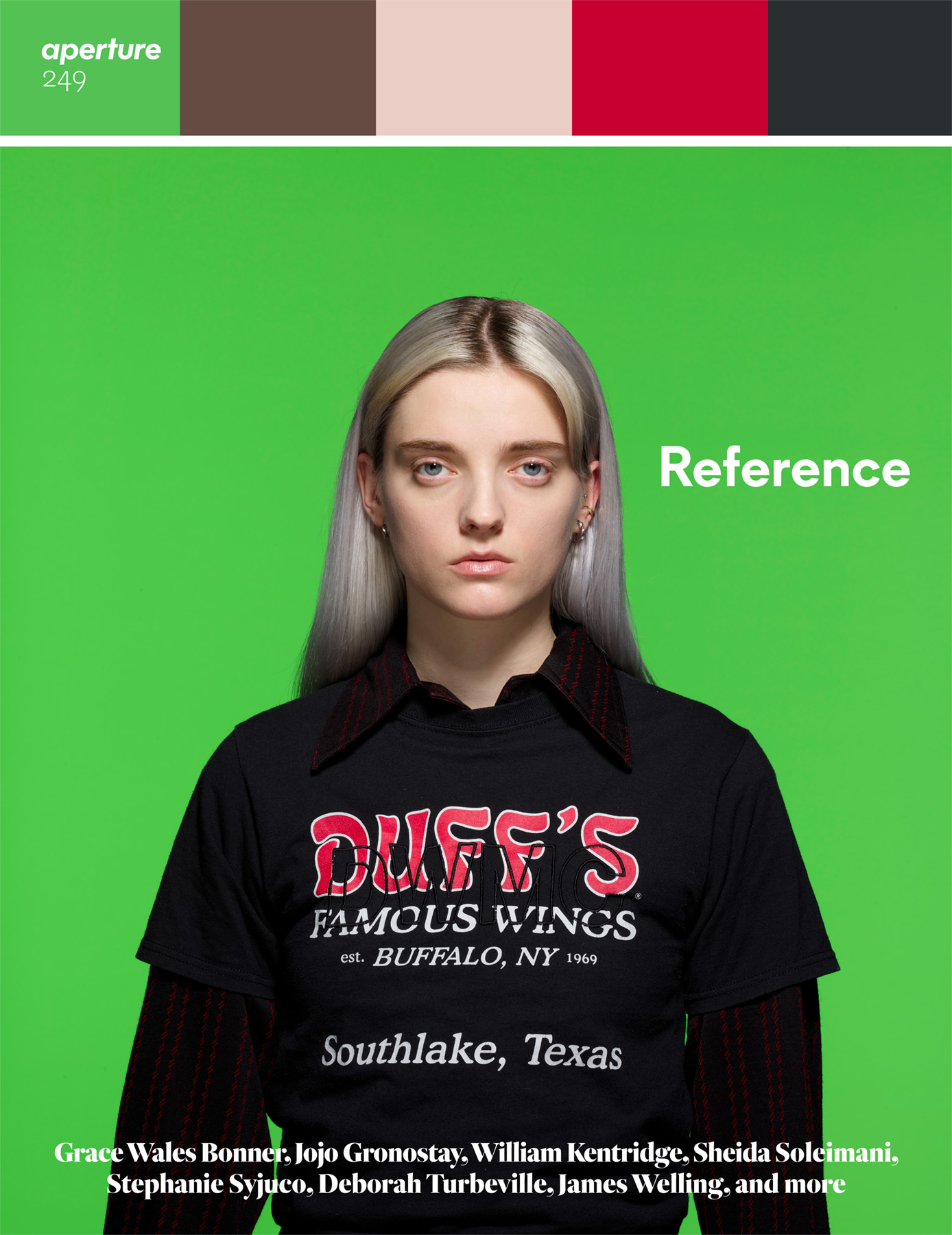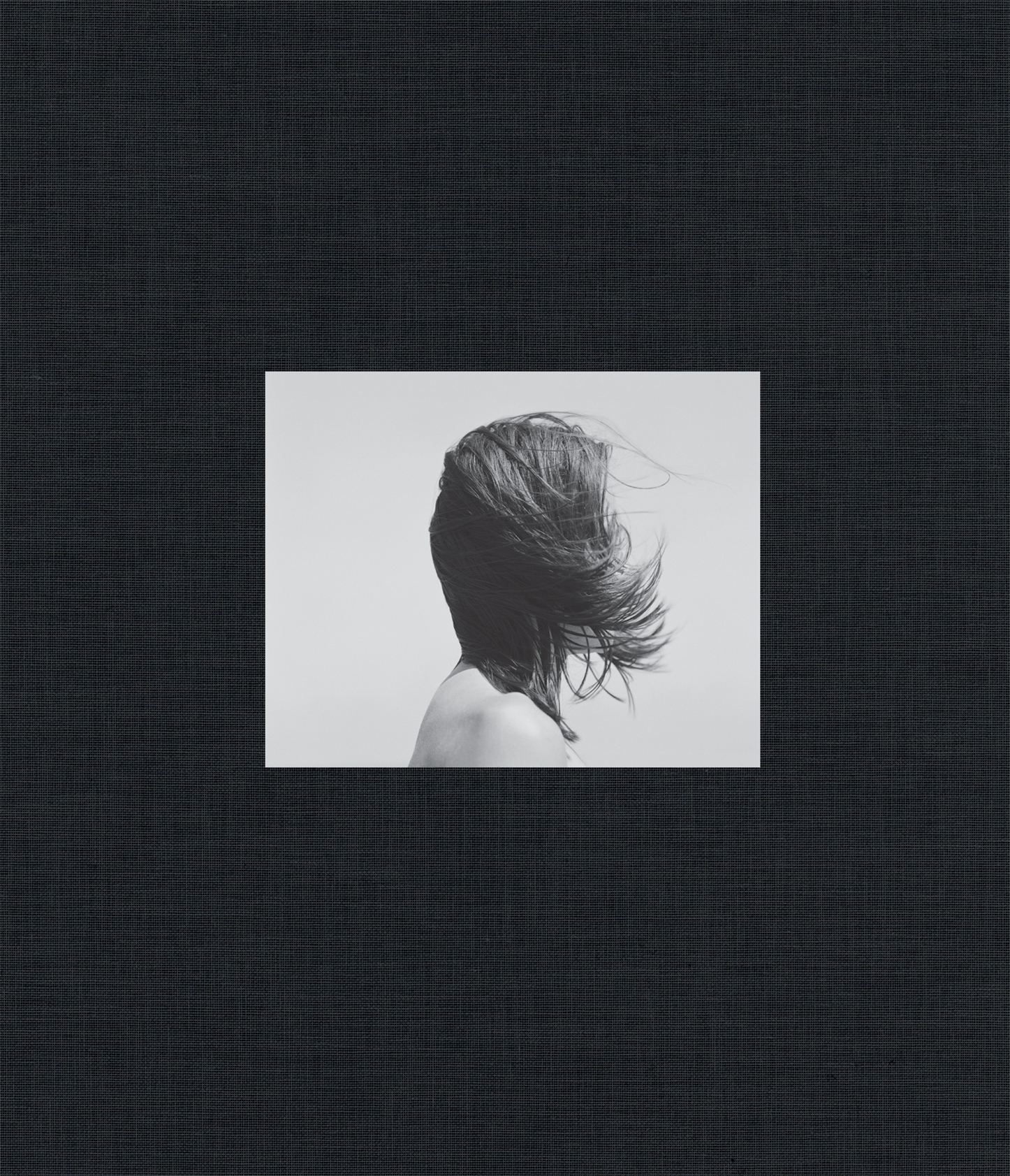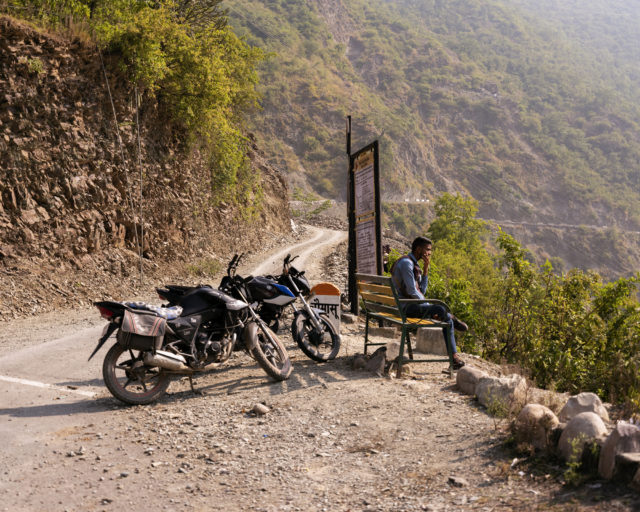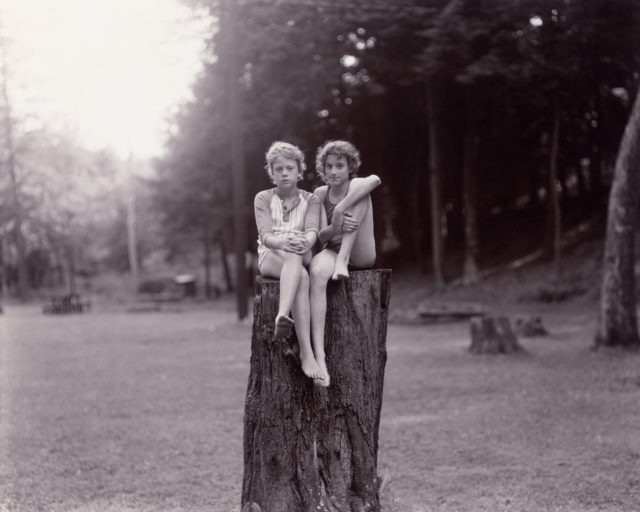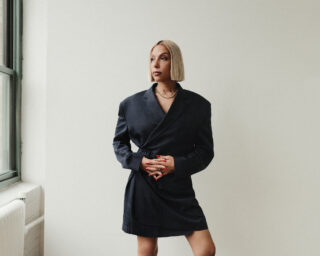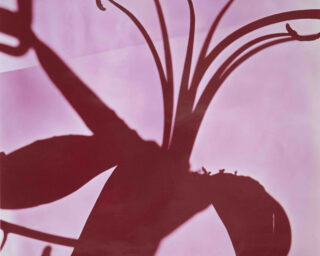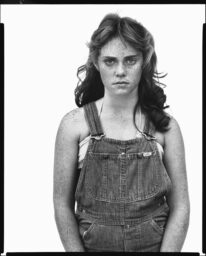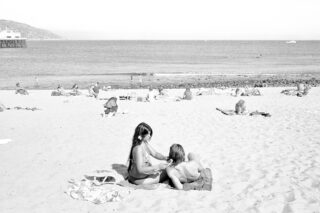Jamie Hawkesworth, Untitled, 2011–21
Aperture turned seventy this year. And to celebrate this milestone, we revisited our past and were reminded of why our founding editors believed so strongly that photographs mattered. Global and local events this year also underscored photography’s unique power to shape our view of the world, to make sense of what unfolds around us.
Below, we assemble some of this year’s highlights in photography and ideas. In them, we see photography as a form of witness and resistance, as a means of celebrating the everyday, and as a powerful mode of connection. —The Editors

Courtesy the artist and Marian Goodman Gallery, New York, London, and Paris
Nan Goldin Reflects on Art, Addiction, and Activism
A conversation with Darryl Pinckney, from Aperture, issue 239, “Ballads”
Throughout her career, Goldin photographed her friends, her lovers, and the family she made for herself. Her work constitutes an autobiography in several volumes, her life as an episodic tale. In this extensive and inspiring interview from Aperture’s 2020 issue “Ballads,” the photographer speaks with Darryl Pinckney, an acclaimed novelist and longtime friend.

Courtesy the artist; David Zwirner; Galerie Buchholz, Berlin/Cologne; and Maureen Paley, London
Wolfgang Tillmans’s Democratic Vision of Photography
by Evan Moffitt
Wolfgang Tillmans is a convener of intimacy. For the artist, whose work is the subject of a major new retrospective, images prompt us to reflect on political and social realities while also making us feel safe and loved. “This democratic vision of photography can be seen equally in the ways Tillmans gathers text and images together and the ways that bodies commune within them,” writes Evan Moffitt. “His work has room enough for us all.”

Courtesy the artist
A Photographer’s Account of Covering the War in Ukraine
A conversation with Cassidy Paul
This year, documentary photographer and photojournalist Natalie Keyssar traveled throughout Ukraine creating powerful, yet devastating records of those affected by Russia’s invasion. Here, she speaks about her experiences in Ukraine, the uncomfortable line between aesthetics and storytelling, and the essential need for photography in a moment of crisis.
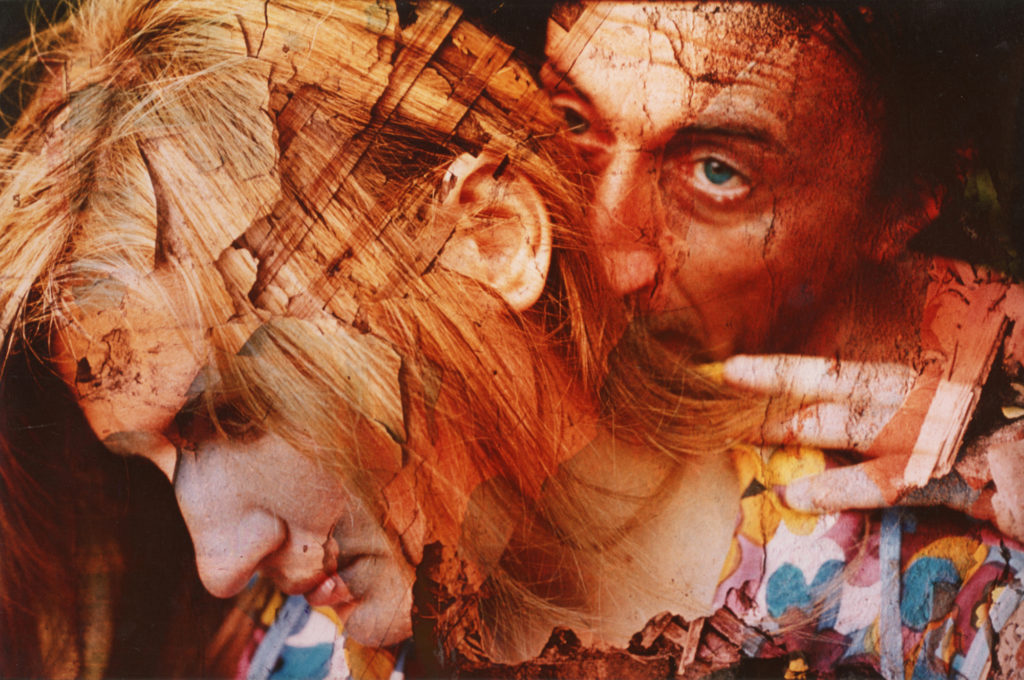
Courtesy the Collection of the Museum of Kharkiv School of Photography, Kharkiv, Ukraine
The Dissident Photographers of Ukraine
by Luca Fiore
Now under siege, the city of Kharkiv has a long history of artistic experimentation—one embodied by inventive, avant-garde photographers. “Today,” writes Luca Fiore, “the artists of the three generations of the Kharkiv School of Photography share the uncertain fate of the Ukrainian people.”

© The Museum of Modern Art, New York, and courtesy Art Resource, NY
The Midcentury Photographers Who Balanced Reportage with Artistry
by Olivia Laing, from Aperture, issue 248, “70th Anniversary issue”
From W. Eugene Smith to Dorothea Lange, photography in the 1950s and ’60s was alive with the tensions between record and metaphor. “But is pure form any more attainable than pure reportage?” writes Olivia Laing. “Even the most fantastical image betrays something about the world, not to mention about the person making it.”

Courtesy the artist/Magnum Photos
How to Produce a Photobook
by Diane Smyth
Making a photobook is like playing a puzzle or a game, one with plenty of room for creativity within certain rules or parameters. “There’s no one right way or recipe or formula,” says designer Hans Gremmen. “A book should always listen to its own rules.” Here, four bookmaking experts speak about each step of the production process—from making an image sequence to finding the perfect paper, size, and design.

Courtesy the artist
How Jamie Hawkesworth Creates a Dreamscape of Everyday Encounters
by Alistair O’Neill, from Aperture, issue 246 “Celebrations”
In his newest work, the British photographer embarked on a worldwide journey, seeking connection in scenes from Detroit to Mongolia. Alistair O’Neill writes: “Hawkesworth is not interested in a grand tour. Instead, we see an accumulated, and fragmented, picture of the world as it appears in the twenty-first century.”
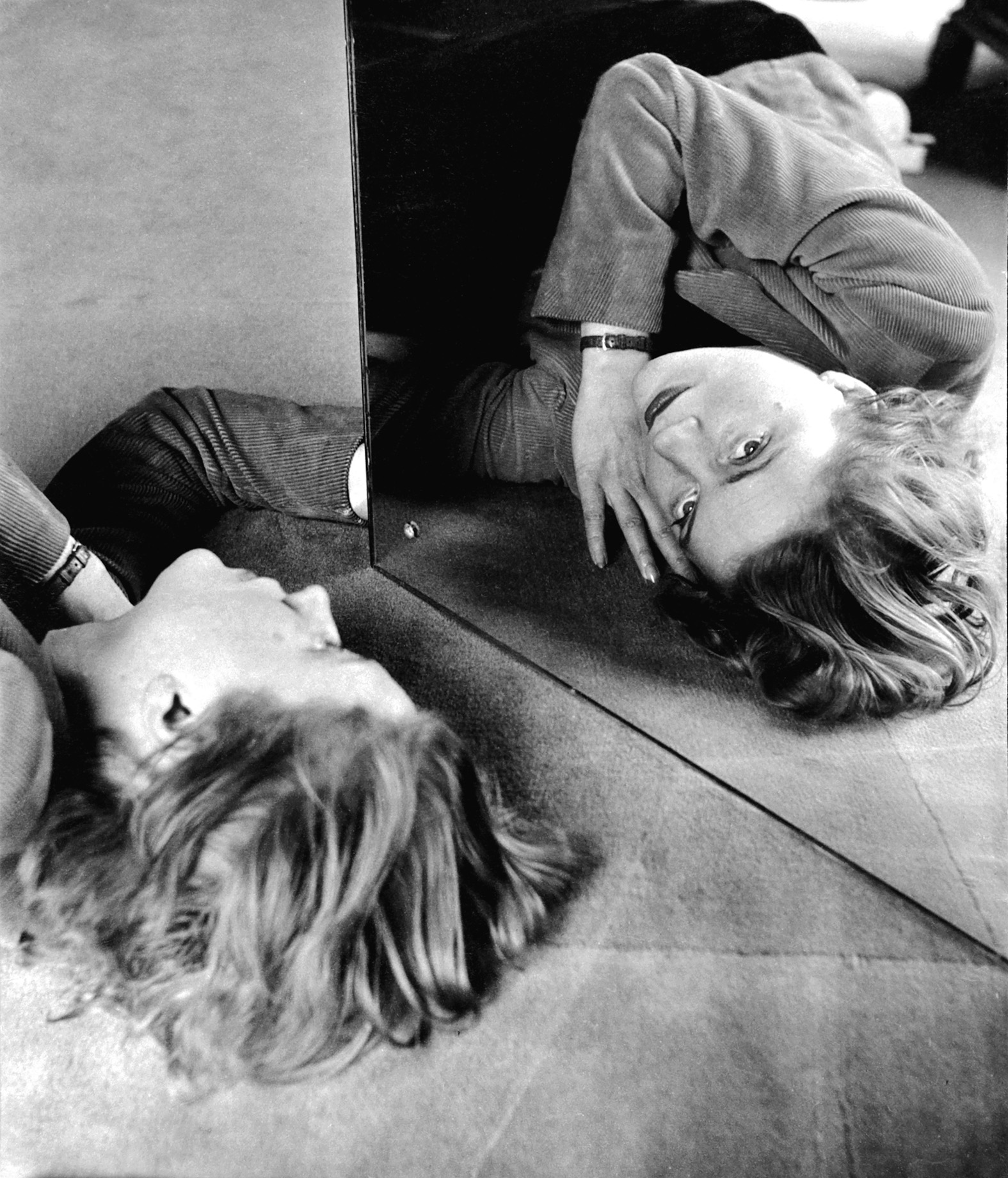
© Lee Miller Archives, England
The Woman Photographer Who Out-Surrealed the Surrealists
by Lauren Elkin, from Aperture, issue 247, “Sleepwalking”
An artist, muse, fearless war correspondent, and professional chef, Miller looked at the world with a flair for drama—and an eye for the unexpected. “Miller’s Surrealism has to do with her ability to look ‘awry’ at the world,” writes Lauren Elkin. “She captures otherwise imperceptible moments and, in spite of their ordinariness, finds great drama.”

Courtesy the artist
A Photographer Casts Her Parents in a Story about Intimacy
by Coralie Kraft
Ashley Markle’s compelling images of her mother and stepfather reveal the intricate dynamics of family relationships. Taken over the course of ten-months, Markle’s series Weekends with My Mother and Her Lover is intensely personal, exploring themes of intimacy, communication, and the ways individual experiences shape our relationships.
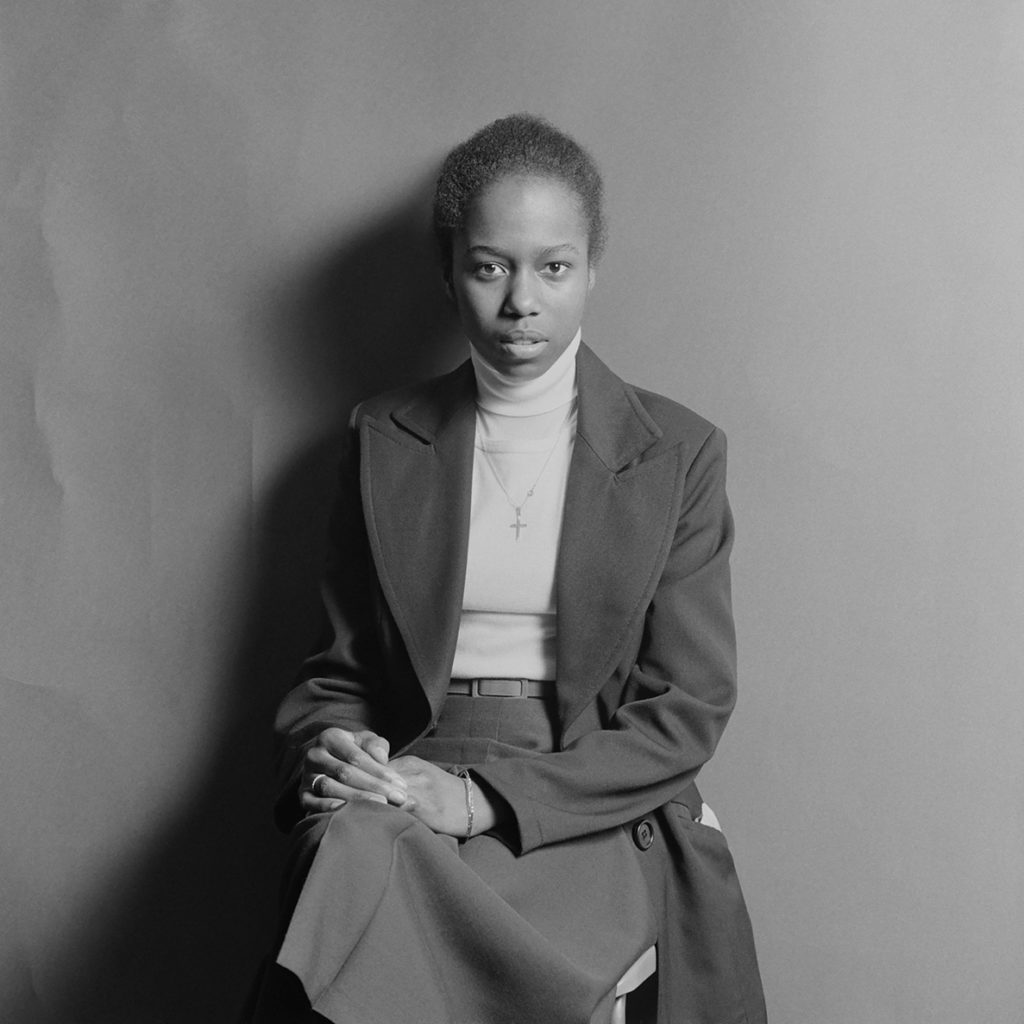
Courtesy the artist
Grace Wales Bonner on the Photographers That Inspire Her Visionary Fashion Design
A conversation with Ekow Eshun, from Aperture, issue 249, “Reference”
In an exclusive interview, the influential designer speaks about her artistic collaborations with Liz Johnson Artur, Tyler Mitchell, and Paul Mpagi Sepuya—and how she uses images to salute the past and imagine the future. “The way I think about references is that they’re a library,” says Wales Bonner. “Everything that’s in there is important.”
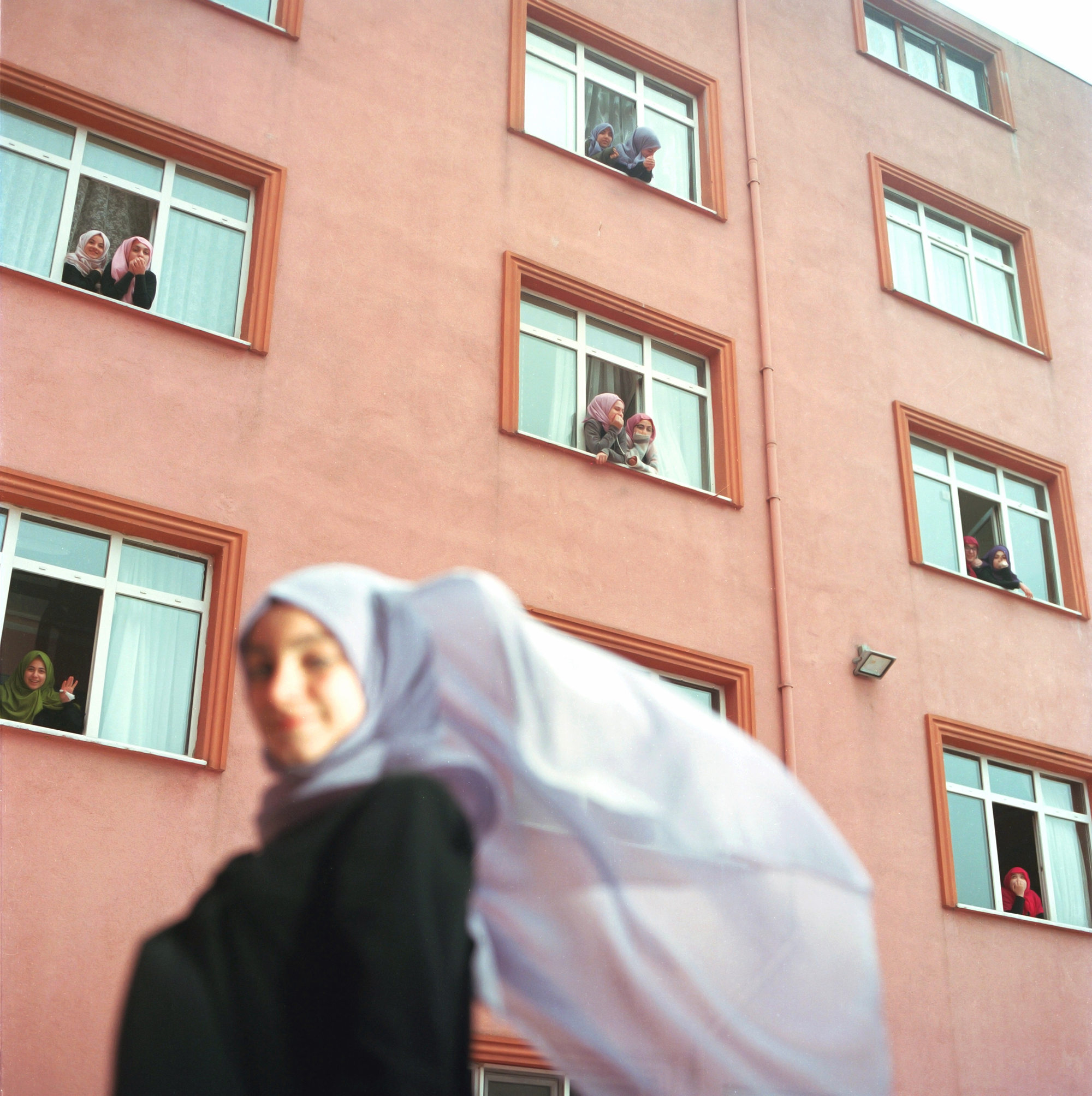
Courtesy the artist/Magnum Photos
A Photographer Envisions the Lives and Dreams of Turkish Girls
by Kaya Genç, from Aperture, issue 246, “Celebrations”
Sabiha Çimen’s photobook Hafiz portrays the world of Turkey’s single-sex Koran schools, where girls are tough, disciplined, and playful. “Çimen seems fated to be a guardian for the young students whose experiences she shared and captured,” writes Kaya Genç, “serving as their hafiza—the Turkish word for memory.”

How Conservatives Weaponized Photographs in the Campaign against Abortion
by Lou Stoppard
For decades, medical images have been subjected to selective editing to create disturbing visions about the perils of abortion. But in the post-Roe era, how should pro-choice advocates handle visual representations? As Lou Stoppard writes: “As commentators rush to analyze the social, political, and religious shifts and divisions that led to the fall of Roe, the role of photography must also be acknowledged.”

Courtesy Tom Sandberg Foundation
Tom Sandberg’s Elusive Photographs Show Mysteries in Plain Sight
by Pico Iyer, from Tom Sandberg: Photographs (Aperture, 2022)
The Norwegian who pioneered photography in Scandinavia was always training his lens on the objects that we overlook, offering black-and-white scenes scorched of excess. “Nothing comes between us and what we’re seeing,” writes Pico Iyer. “We’re getting reality—or mystery—unmediated. Or so, at least, he makes me feel.”

Mohamed Bourouissa’s Staged Portraits of Youth on the Peripheries of Paris
by Elisabeth Zerofsky, from Aperture, issue 246, “Celebrations”
In a new photobook, Bourouissa returns to his signature series Périphérique, a critique of French culture and the politics of representation. As Elisabeth Zerofsky writes: “When he looks at these photographs now, Bourouissa sees very clear differences: ‘Race’ was a word that no one spoke at the time.”
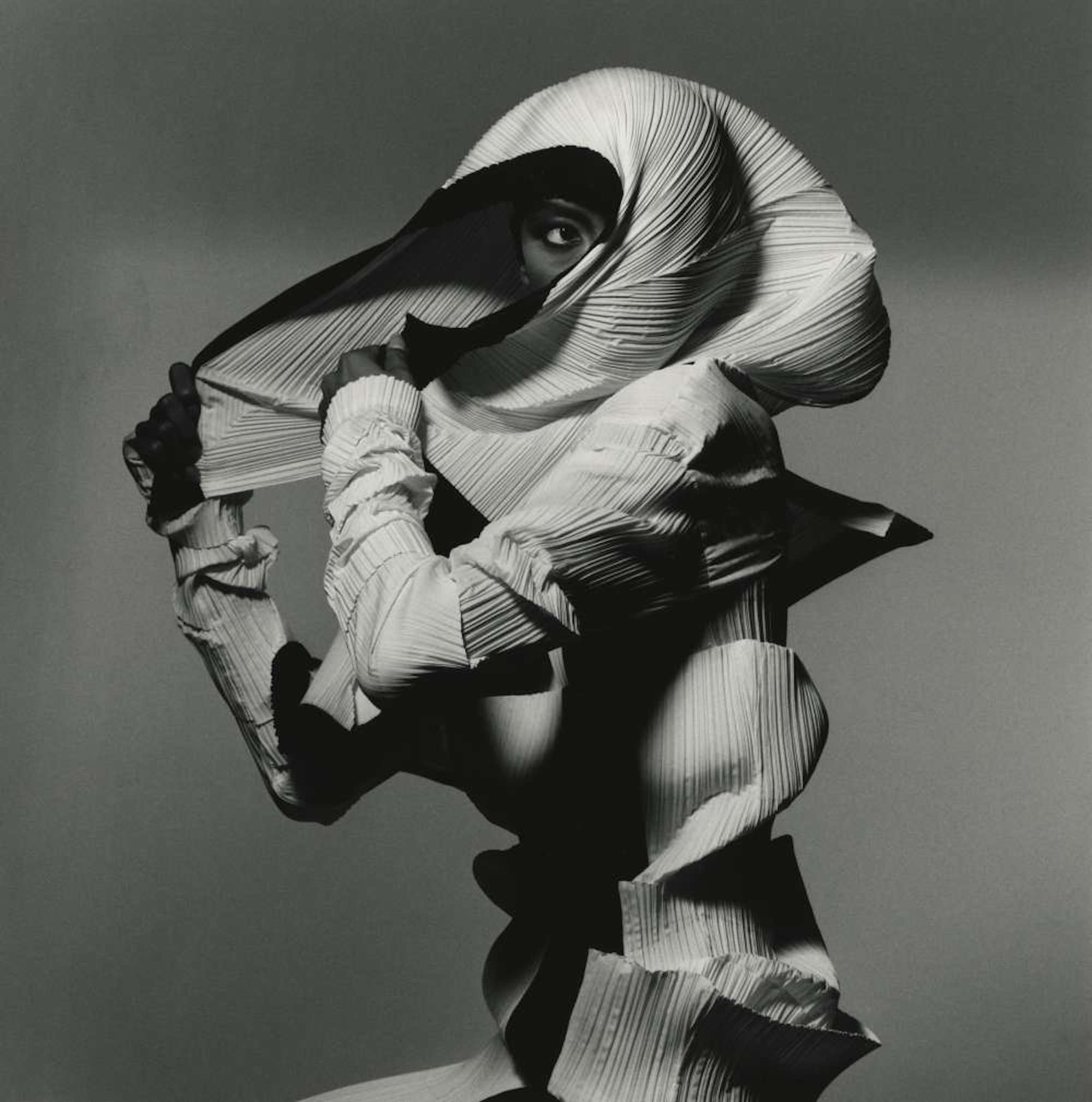
© the artist and courtesy Pace Gallery
How Irving Penn and Issey Miyake Redefined the Fashion Photograph
by Alistair O’Neill
In their long-standing creative exchange, the two titans created some of the most memorable images in the history of fashion. Miyake, who died earlier this month, once commented that Penn gave his clothing a voice of its own. As Alistair O’Neill writes: “To look at the photographs is to see how Penn essentializes Miyake’s designs, bestowing them with a graphic clarity and a highly dynamic sense of how they can be worn.”
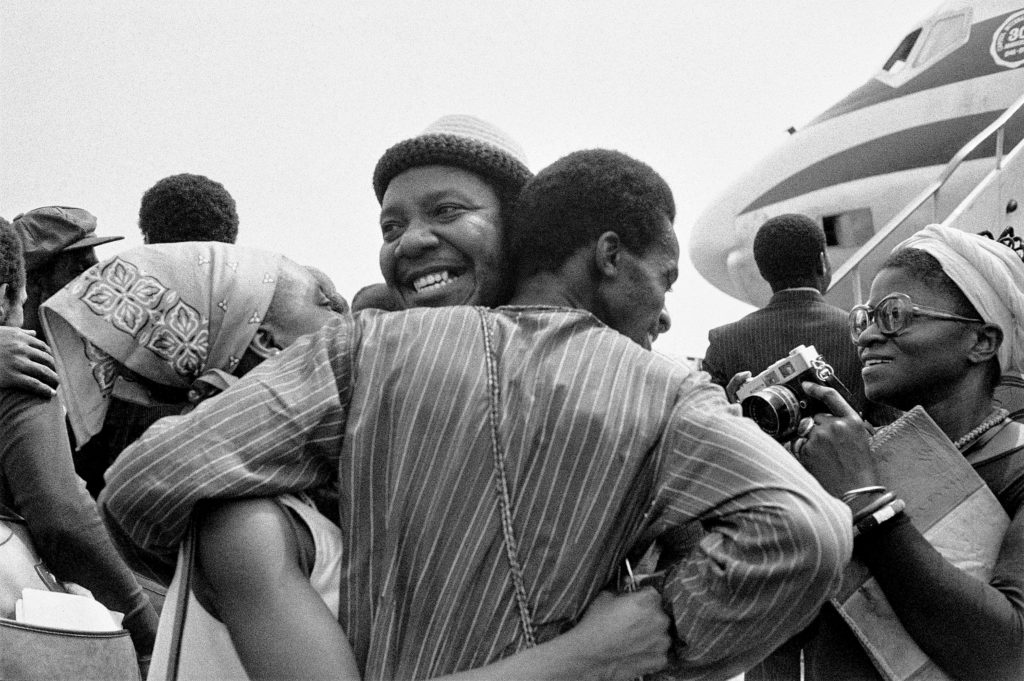
© the artist and courtesy Artists Rights Society (ARS), New York
Marilyn Nance’s Euphoric Chronicle of a Legendary African Arts Festival
by Anakwa Dwamena, from Aperture, issue 246, “Celebrations”
In 1977, when the photographer Marilyn Nance traveled to Nigeria for FESTAC, she discovered a thrilling reunion of the African Diaspora. As Anakwa Dwamena writes: “Nance’s archive remains one of the largest visual records of this monumental occasion, where the poet Audre Lorde ‘felt the earth move.’”










